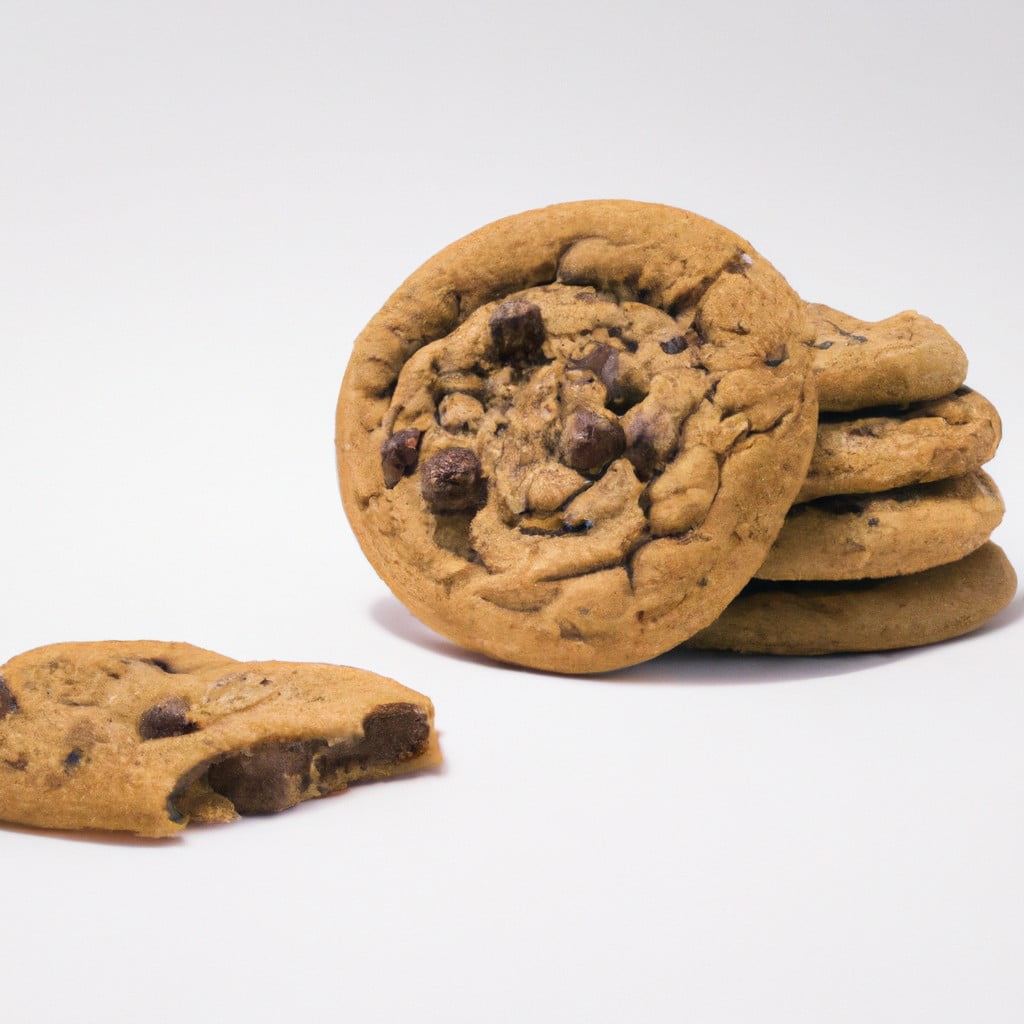Discover the common reasons behind flat cookies and how to ensure a perfect bake every time.
Key takeaways:
- Butter too soft: Start with cool room temperature butter.
- Correct oven temperature: Use an oven thermometer and follow recipe instructions.
- Ingredient measurements: Precise measurements are crucial for texture.
- Mixing techniques: Mix until just combined, avoid overmixing.
- Baking soda potency: Check expiration and test with vinegar.
Inside
Butter Too Soft

When you start with butter that’s too soft or melted, it’s already halfway to becoming liquid. During baking, this causes the cookie dough to spread quickly before the structure sets, resulting in thinner cookies. Aim for a cool room temperature when softening butter—around 65-67°F (18-19°C)—where it yields slightly to pressure but isn’t greasy.
A proper consistency helps trap air when creamed with sugar, which contributes to leavening and adds volume to the dough. To achieve this, take the butter out of the fridge to soften approximately 30 minutes before you plan to start baking. If pressed for time, cut the butter into small cubes to speed up the softening process without resorting to melting. Avoid microwaving, which can quickly lead to uneven and excessive softening or even partial melting.
Correct Oven Temperature
Ensuring your oven is preheated to the right temperature is crucial for cookie success. An oven that’s too hot will cause cookies to spread quickly and then set before they can rise, leading to flat results.
On the contrary, an oven that’s not hot enough won’t set the cookies quickly enough, causing them to spread too thin before they can properly rise.
Always use an oven thermometer to verify your oven’s temperature, as internal thermostats can often be inaccurate.
For most cookie recipes, the ideal baking temperature is between 350°F (175°C) to 375°F (190°C), though this can vary, so it’s important to follow the specific instructions of the recipe you’re using.
Remember, the right temperature yields cookies that are evenly baked, with just the right balance of crisp edges and chewy centers.
Ingredient Measurements
Precise measurement of ingredients is vital in cookie recipes to maintain the intended texture and structure. Too much sugar or liquid can induce spread, leading to flatter cookies. Conversely, insufficient flour can weaken the dough’s structure, causing it to collapse when heated.
Using a kitchen scale for dry ingredients rather than measuring cups ensures accuracy and consistency. For wet ingredients, clear measuring cups intended for liquids are recommended. Level off dry ingredients with a straight edge to avoid excess, and follow the recipe’s stipulated ingredient temperatures to achieve the desired cookie thickness.
Mixing Techniques
Overmixing the cookie dough can lead to an excess of air being whipped into the butter and sugar. This air expands in the oven and then collapses, resulting in flat cookies. Conversely, undermixing may lead to poorly incorporated ingredients, affecting the structure and spread.
For optimal consistency, mix until the dough is just combined and appears uniform in texture. If using a stand mixer, use the paddle attachment on a medium-low speed. For mixing by hand, use a wooden spoon or spatula and mix with a folding motion to minimize overworking the dough.
Remember to scrape down the sides of the bowl periodically to ensure all ingredients are well-distributed. Remember, the right technique yields cookies with the perfect balance of chewiness and structure.
Baking Soda Potency
If your cookies flatten excessively during baking, it could be due to inactive leavening agents. Baking soda, which is a base, needs an acidic ingredient to activate and create the carbon dioxide gas that gives cookies lift. Check the expiration date on your baking soda; it should be replaced every six months for optimal effectiveness.
For a quick potency test, pour a few tablespoons of vinegar into a small dish and add a teaspoon of baking soda. If it bubbles vigorously, it’s still good. If the reaction is lackluster, it’s time for a new box.
Remember, proper reaction also hinges on the presence of acidic components, like brown sugar, yogurt, or lemon juice, in your dough. Without these, even fresh baking soda won’t produce the desired rise.